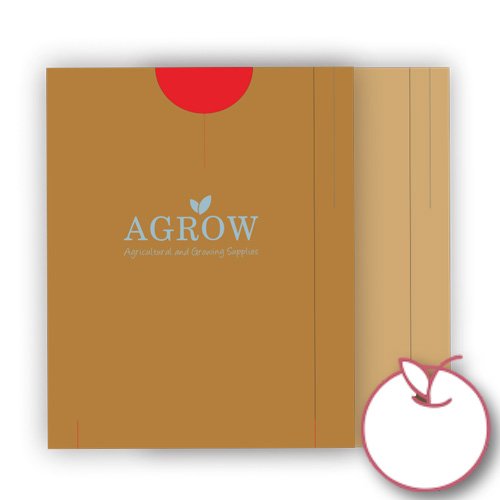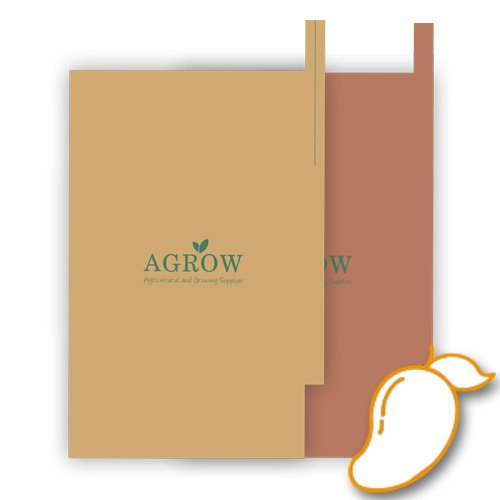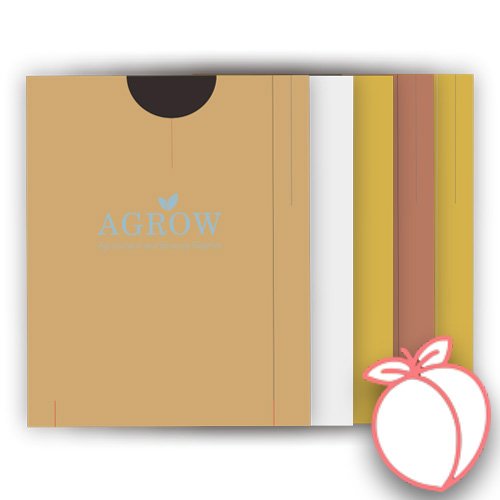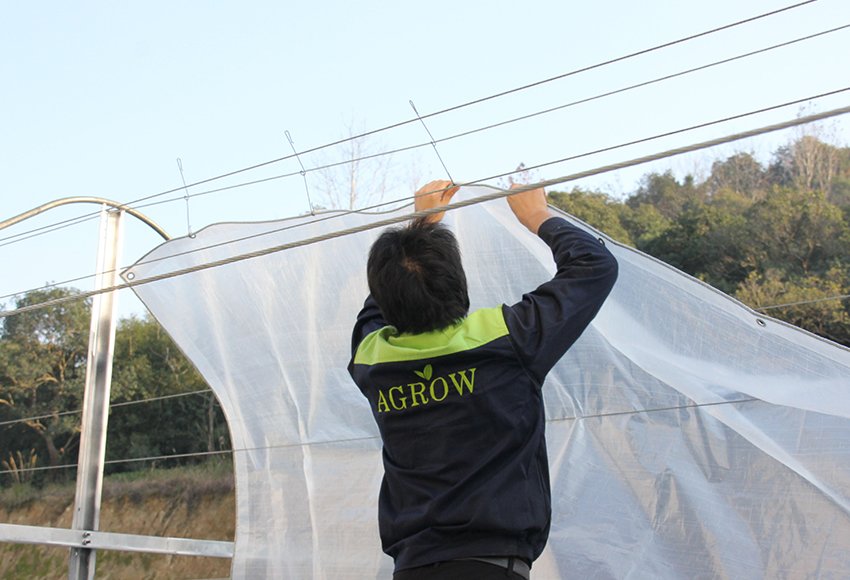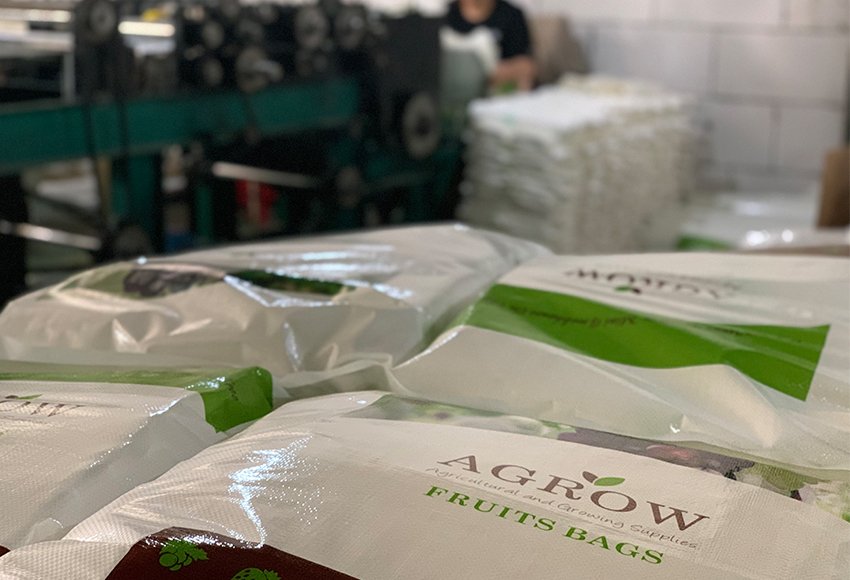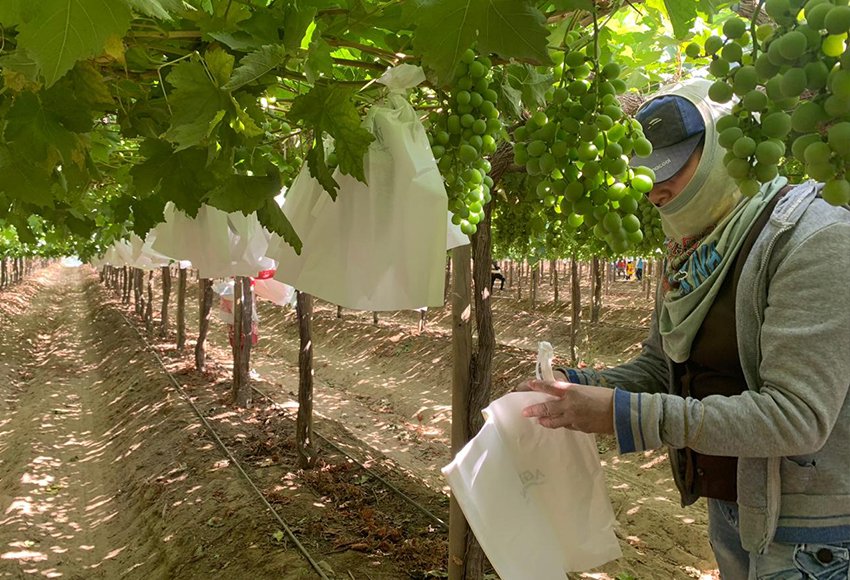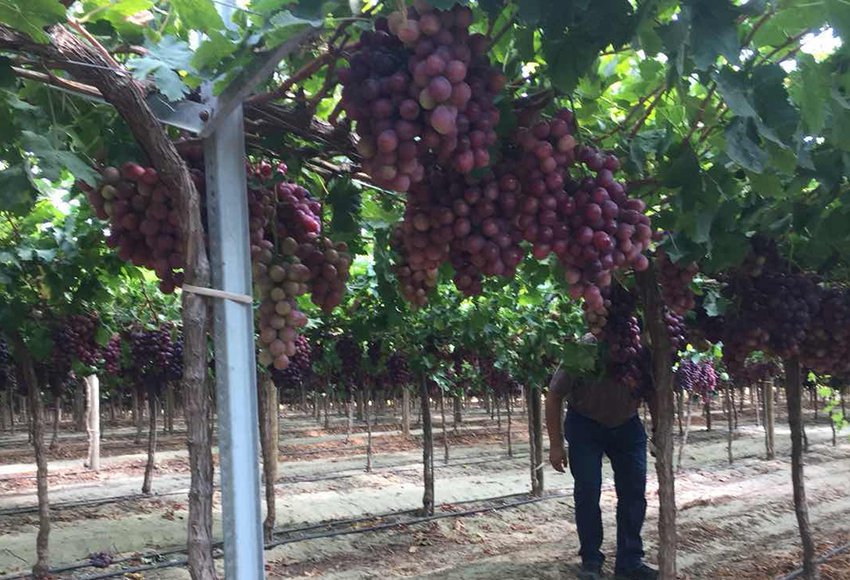Frequently Asked Questions
You can browse the following topics to find the items you want to view.
Features
Most fruits benefit from bagging, but different fruits have varying needs and growth conditions. For instance, apples, pears, and grapes are commonly bagged, while tropical fruits might require different methods.
Related Blog:
Which fruits need bagging, and the advantages and disadvantages of fruit bagging
Choosing eco-friendly materials like biodegradable paper bags or recyclable plastics can minimize environmental impact. Proper use and disposal of these bags also help reduce environmental burden.
Related Blog:
Which fruits need bagging, and the advantages and disadvantages of fruit bagging
Most fruit bags are designed for single use, especially paper and plastic bags. Mesh bags can be cleaned and reused if they remain in good condition, otherwise, they should be disposed of properly.
If done at the right time, bagging does not affect fruit ripening. In fact, it helps protect the fruit during the ripening process from adverse environmental conditions.
Fruit bags can be made from paper, plastic, or mesh materials. Paper bags are breathable and prevent moisture buildup; plastic bags provide better environmental isolation; and mesh bags offer good ventilation and pest protection. The choice of material depends on the fruit type and growing conditions.
About Product
Most fruits benefit from bagging, but different fruits have varying needs and growth conditions. For instance, apples, pears, and grapes are commonly bagged, while tropical fruits might require different methods.
Related Blog:
Which fruits need bagging, and the advantages and disadvantages of fruit bagging
Choosing eco-friendly materials like biodegradable paper bags or recyclable plastics can minimize environmental impact. Proper use and disposal of these bags also help reduce environmental burden.
Related Blog:
Which fruits need bagging, and the advantages and disadvantages of fruit bagging
Most fruit bags are designed for single use, especially paper and plastic bags. Mesh bags can be cleaned and reused if they remain in good condition, otherwise, they should be disposed of properly.
If done at the right time, bagging does not affect fruit ripening. In fact, it helps protect the fruit during the ripening process from adverse environmental conditions.
Fruit bags can be made from paper, plastic, or mesh materials. Paper bags are breathable and prevent moisture buildup; plastic bags provide better environmental isolation; and mesh bags offer good ventilation and pest protection. The choice of material depends on the fruit type and growing conditions.
Product Purchase
Most fruits benefit from bagging, but different fruits have varying needs and growth conditions. For instance, apples, pears, and grapes are commonly bagged, while tropical fruits might require different methods.
Related Blog:
Which fruits need bagging, and the advantages and disadvantages of fruit bagging
Choosing eco-friendly materials like biodegradable paper bags or recyclable plastics can minimize environmental impact. Proper use and disposal of these bags also help reduce environmental burden.
Related Blog:
Which fruits need bagging, and the advantages and disadvantages of fruit bagging
Most fruit bags are designed for single use, especially paper and plastic bags. Mesh bags can be cleaned and reused if they remain in good condition, otherwise, they should be disposed of properly.
If done at the right time, bagging does not affect fruit ripening. In fact, it helps protect the fruit during the ripening process from adverse environmental conditions.
Fruit bags can be made from paper, plastic, or mesh materials. Paper bags are breathable and prevent moisture buildup; plastic bags provide better environmental isolation; and mesh bags offer good ventilation and pest protection. The choice of material depends on the fruit type and growing conditions.
Pre-sales & After-sales
Most fruits benefit from bagging, but different fruits have varying needs and growth conditions. For instance, apples, pears, and grapes are commonly bagged, while tropical fruits might require different methods.
Related Blog:
Which fruits need bagging, and the advantages and disadvantages of fruit bagging
Choosing eco-friendly materials like biodegradable paper bags or recyclable plastics can minimize environmental impact. Proper use and disposal of these bags also help reduce environmental burden.
Related Blog:
Which fruits need bagging, and the advantages and disadvantages of fruit bagging
Most fruit bags are designed for single use, especially paper and plastic bags. Mesh bags can be cleaned and reused if they remain in good condition, otherwise, they should be disposed of properly.
If done at the right time, bagging does not affect fruit ripening. In fact, it helps protect the fruit during the ripening process from adverse environmental conditions.
Fruit bags can be made from paper, plastic, or mesh materials. Paper bags are breathable and prevent moisture buildup; plastic bags provide better environmental isolation; and mesh bags offer good ventilation and pest protection. The choice of material depends on the fruit type and growing conditions.
